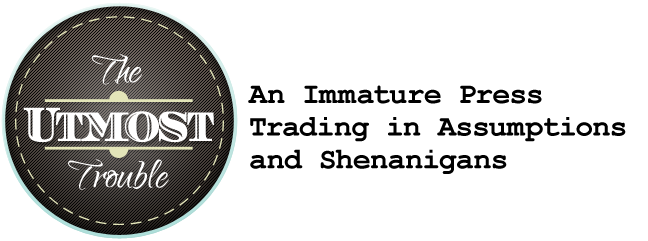After reviewing the poetry on the War Poetry sheet, complete the following response.
Choose two poems that you feel most comfortable with and analyze the following for each poem individually (complete the following process TWICE)
- What are the two most significant literary terms that appear in each poem to you?
- Which literary terms stood out the most to you? Which ones helped you understand the poem the most?
- Include two quotes from each poem that showcase one literary term each. Explain which literary term they represent.
- Include MLA citation for all quotes that have the author's last name and line number. For example (Turner 1). If using more than one line, include backslashes within the quotes to indicate line breaks.
- Explain how those literary terms helped you understand the author’s perspective on war.
- What is the author’s perspective on war? What is a message you took away from each poem?
Because you have to answer the prompts for two separate poems, you can either include them both in the same reply or respond to this topic twice, once for each poem.
To Exceed: Choose another student's response to reply to. Find a quote from a different poem than one that appears in the student's post, but uses one of the same literary terms and discuss the similarities and differences in the message your quote shows.
Lastly, it is highly recommended that you draft your work elsewhere (like Google Docs) so that you have the opportunity to correct any spelling/grammar, and also in case the forum doesn't save and post your response.

